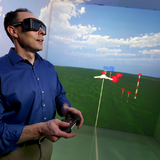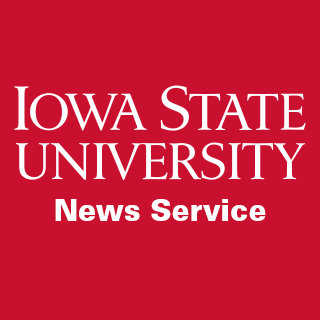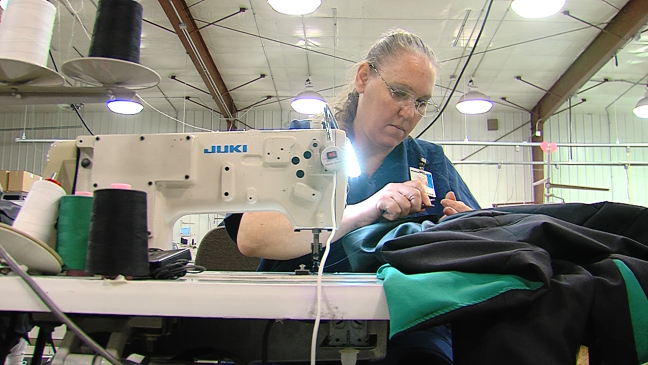News Archive
Friday, July 15 2016
-
Iowa State external funding reaches a record $425.8 million in fiscal year 2016
Iowa State University set another record for external funding, attracting $425.8 million for the fiscal year that ended June 30. A big part of the record year was unprecedented funding of $252.5 million to support research projects. Those projects include work in data-driven science, resilience of plants and animals in response to climate change, next-generation education programs and advanced manufacturing.
-
Statement from Dean David Spalding on Brian Mennecke
“We are deeply saddened at the College of Business to lose a colleague and friend. Brian was a professor of information systems and had been with the college since 1999. He will be greatly missed by those who worked with him, and by students who learned so much from him. Our thoughts and prayers are with Brian’s wife, Joyce; their two children and their extended families.”
-
Discovery could lead to treatment to better regulate insulin
A recent discovery made by an Iowa State University professor and a team of researchers holds promise for those who are obese or diabetic and do not benefit from medications to regulate their glucose and insulin levels.
-
Iowa State research shows perennials would reduce nutrient runoff to the Gulf of Mexico’s dead zone
Computer-generated models show perennial plants such as switchgrass could reduce nitrogen runoff from farm fields into the Gulf of Mexico. The ISU agronomist who led the study said perennials could be an important tool in combatting the Gulf of Mexico’s hypoxic zone.
-
Iowa State researchers describe copper-induced misfolding of prion proteins
Iowa State University researchers have integrated research approaches to discover how copper ions cause prion proteins to misfold and seed the misfolding and clumping of nearby prion proteins. They also found the copper-induced misfolding and clumping is associated with damage to nerve cells in brain tissue from a mouse model. The findings are published today in Science Advances.
-
Decision to ban unrealistic body images has merit, but presents challenges
A public health measure and a slippery slope. That's how Iowa State University experts describe the decision by London's mayor to ban ads with "unrealistic body images" from the city's public transit system. The ban is intended to limit exposure to ads that can have harmful effects, but it raises questions on how to define what's acceptable.
-
ISU scientists develop nanomachines to diagnose illness
Tiny machines that build themselves and detect disease? Step inside the nanoscale world of Eric Henderson.
-
Breathing new life into schoolyards benefits entire communities
Millions of American elementary school children are sidelined on barren plots of cracked asphalt that resemble parking lots rather than schoolyards. And despite the educational and health benefits of green landscapes, only two major cities in the United States — Denver and Boston — have renovated all of their public schoolyards. Bambi Yost, an Iowa State University assistant professor of landscape architecture, and her students are part of a collaboration of nonprofits, government agencies, landscape architects, schools, community members and universities. Together they are breathing new life into more than 300 neglected schoolyards in the School District of Philadelphia. They represent a burgeoning national movement to green schoolyards.
-
Give ‘em enough rope: Iowa State University veterinarians find an easier way to collect diagnostic samples from pigs
Iowa State veterinarians have found that taking oral fluid samples from swine allows them to monitor diseases accurately without the difficult step of taking individual blood samples.










